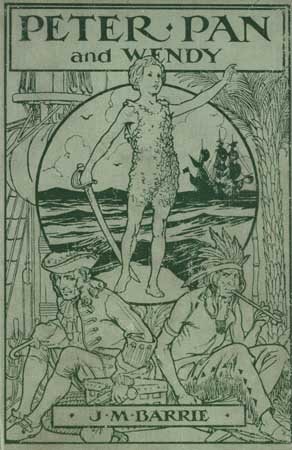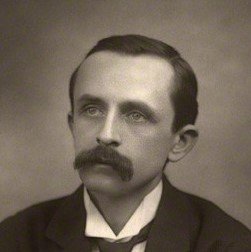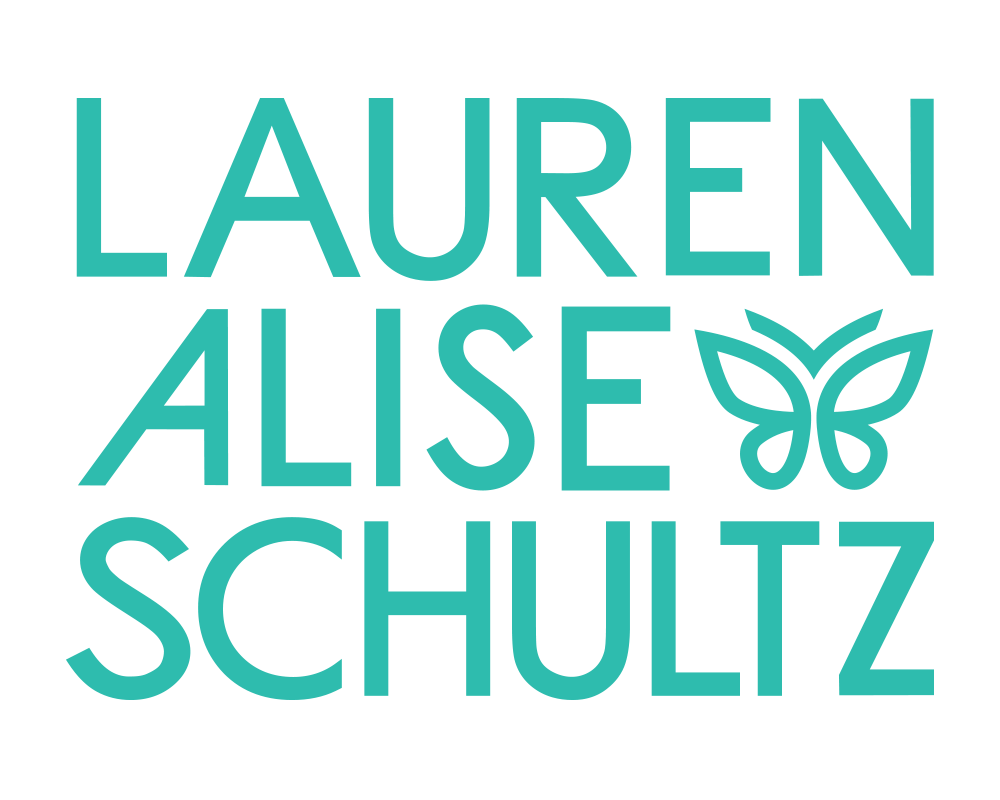When I was young, my family had a video recording of a stage version of Peter Pan, which starred Mary Martin as the title character. I didn’t have a particular dislike for the movie, but neither did I find it very compelling – I wasn’t so entranced with the story to remain a devoted fan the way I have with C.S. Lewis’s Chronicles of Narnia. To be honest, I wasn’t all that impressed with Mary Martin herself, at least when I was a child. After all, you could clearly see that she was hanging from wires, even on the video recording. Apparently, I considered even the giant animatronic puppet Aslan in the 1980s BBC version of Lewis’s Chronicles to be a more impressive use of technological invention.
After seeing the Mary Martin version, I even thought certain that aspects of the Peter Pan story were rather stupid, such as the giant dog Nana who was supposed to be the nanny of Wendy, John and Michael; the fact that the giant dog was even less convincing than the Aslan puppet didn’t help to lessen my dissatisfaction with Martin, her cohort and the production team. I don’t think I ever saw the Disney cartoon of Peter Pan until I was older and by that time, I was largely immune to its charms. And while I enjoyed Robin Williams and Julia Roberts in Hook well enough, I think I had by that time basically lost my ability to understand the innate charm of the original story of Peter Pan and Wendy. Sadly and most importantly, no adult thought to share J.M. Barrie’s original novel with me when I was a child, despite the fact that I was a voracious reader.
As an adult reading Barrie’s novel for the first time, I felt sad that I didn’t discover Peter Pan and Wendy as a child. Yet I’m also unsure that if I had read the story when I was six or eight, or even twelve, that I would have fully understood the brilliance of Barrie’s satire. The novel is charming on two levels, its whimsical flights through children’s fantastic imaginary worlds being only the first thing to recommend Barrie’s writing. The novel is also a scathing commentary on adult society and their aloof, condescending attitudes toward children and fantasy. Somehow, Barrie seems to convey both an extraordinary sense of wonder and excitement about all the adventures that Peter initiates and/or invents for himself and his Lost Boys, while at the exact same time managing to be critical of the way that adults (particularly those of a certain very British attitude) look down upon the desire to have adventures and believe in magic.
Barrie’s portrayal of British society is perhaps a bit one-sided, since the society that he portrays seems like a doubtful candidate to become dominant colonizers with an empire upon which the sun never set. From that description, you would imagine the British were people with great imaginations, a robust curiosity about the world, and a strong taste for adventure. No doubt some (many) of them were. But the way that Barrie tells it, all adult males are quite content to put on their suits, uniformly tuck an umbrella under their arms, and head off to the office. Meanwhile, their wives happily have tea with other ladies, give their offspring a nightly draught of all-purpose “medicine,” and tuck the children into bed by seven o’clock. British children, it seems, were the only members of society who wanted anything to do with the faeries and pirates.
But despite Barrie’s obvious disdain for staid members of society, even his scathing commentary on the adult world is expressed with humor. Here is my favorite example of the novel’s satire, in a passage explaining how Captain Hook won a battle with the Indians by defying the commonly accepted rules of warfare:
To what extent Hook is to blame for his tactics on this occasion is for the historian to decide. Had he waited on the rising ground till the proper hour, he and his men would probably have been butchered; and in judging him it is only fair to take this into account. What he should perhaps have done was to acquaint his opponents that he proposed to follow a new method. On the other hand, this, as destroying the element of surprise would have made his strategy of no avail, so that the whole question is beset with difficulties. One cannot at least withhold a reluctant admiration for the wit that had conceived so bold a scheme, and the fell genius with which it was carried out.
Here, Barrie pokes fun at historians and military strategists, who put great stock in the famed method of simply lining up facing each other in a field and firing away until one army or the other ran out of men. (Ah, those Redcoats.) In particular, Barrie highlights the Europeans’ tendency to set themselves up as sitting ducks to be unvaryingly attacked by the Indians “just before the dawn.”
But lest you think that his novel is all social satire and would be inaccessible to children, let me assure you that he maintains an extraordinary sense of wonder about the world and the children’s adventures throughout the novel as well. In explaining to adults the way that children live thoroughly and wondrously through their imaginary adventures, he seems to open the world of imagination even wider to children themselves:
I don’t know whether you have ever seen a map of a person’s mind. Doctors sometimes draw maps of other parts of you, and your own map can become intensely interesting, but catch them trying to draw a map of child’s mind, which is not only confused, but keeps going round all the time. There are zigzag lines on it, just like your temperature on a card, and these are probably roads in the island, for Neverland is always more or less an island, with astonishing splashes of color here and there, and coral reefs and rakish-looking craft in the offing, and savages and lonely lairs, and gnomes who are mostly tailors, and caves through which a river runs, and princes with six elder brothers, and a hut fast going to decay, and one very small old lady with a hooked nose… Of course, the Neverlands vary a good deal. John’s, for instance, had a lagoon with flamingoes flying over it at which John was shooting, while Michael, who was very small, had a flamingo with lagoons flying over it. John lived in a boat turned upside down on the sands, Michael in a wigwam, and Wendy in a house of leaves deftly sewn together.
And so on and so forth, Barrie describes the “Neverlands” – the individual worlds that children create within their minds that are so obviously and infinitely better than the world into which they must grow up and enter. And Peter Pan and Wendy is ultimately a book about the ways in which the adult world invades the Neverlands. The novel describes strange pull that we feel when we “must” grow up and abandon our ties to that other, better place that we have created for ourselves. I’m sad that I didn’t discover this novel when I was a kid, but I’m thrilled that I’ve discovered it now. I can’t wait to share it with my nephews and nieces because this is one of those brilliant stories that is magical no matter how young or old you might be when you read it.



This website was created with a lot of love, Coke Zero, and tacos by Kumquat Creative.